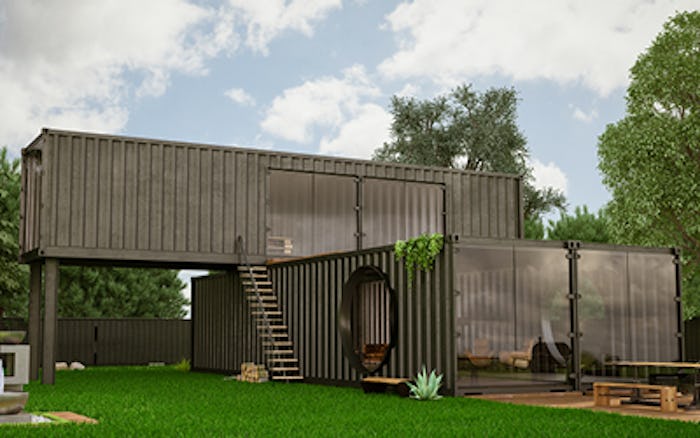
The conversation about attainable housing has been building and gaining attention in a big way over recent months. We’ve been talking about it for far longer than that. To be successful, attainable housing requires a combination of location, features and amenities at price points which meet the needs of buyers.
But right now, many buyers are not finding what they need. In fact, recent research from Meyers Research/MetroStudy shows that home sizes have reached over 2400 square feet, commanding a higher price point, at a time when the market is demanding smaller homes. This needs to change.
In the past, our industry has tried to make housing attainable by limiting community amenities, providing lower-quality finishes, and locating homes in less desirable areas. But that only met some of the demand. Today there’s a growing trend towards building smaller homes and increasing project densities while still providing buyers with a rich living experience. Fortunately, designers of modular homes and some of our industry’s most creative architects are coming up with some great solutions.

What once used to be known as mobile homes – and are now known as modular or manufactured housing – are increasingly becoming more sophisticated, and homes built in factories are able to keep costs in control while also providing a competitive product. Although the number of shipments of factory-built homes has risen sharply in recent years, they still represent just about 11 percent of single-home family starts.
That leaves with us the traditional site-built home, and this is where we’re seeing some amazing ideas to increase density and lower costs while still exciting buyers. Recently, the Housing Innovation Alliance hosted a ‘virtual roundtable’ to discuss the ways in which different architects are meeting the “Apple-Like Home Challenge.”
Just like Apple managed to squeeze various apps and convenience items onto a small iPhone and change the world, creative design can make homes feel larger by providing more multi-function usability in home utility spaces like the kitchen, laundry, office, great rooms, drop spaces and more.
Imagine what it would be like to live in a space of 1,500 square feet that feels more like 2,500 square feet. Some of this innovation is being achieved by reviewing some of the smaller and efficient “Sears catalogue” homes of the early 20th century, but using today’s technology for a modern touch.
These new designs are primarily intended to re-capture spaces that would otherwise be wasted or under-used in order to lower both square footage and price points. Some of these ideas include using the space between wall studs and under stairways for more storage, using sliding walls for multi-purpose spaces, replacing the home office with technology-friendly nooks in common areas, smaller but more functional baths, and having options to build out what used to open space (such as above some stairwells) to usable rooms.
Each of the five architecture firms participating in this roundtable – including Woodley Architectural Group, Dahlin Group, IDEArc, Bassenian-Lagoni and KTGY – showed some fascinating examples of current rojects which are able to maximize land use and space while still providing ‘dream-quality’ designs.
For the builder, that means not just a lower price point but also a higher unit count due to a larger pool of potential buyers, ultimately leading to more sales. For the city, it means addressing the housing shortage in ways which can still delight residents.
We may not able to change the price of land, but we maximize it for the homes we need.
The best ways to bridge this gap between demand and supply for attainable housing include working closely with creative architects, cities, land planners and builders to provide high-quality, higher-density housing in urban areas and suburban areas close to transit. At the same time, public engagement is essential in order to ensure that these solutions meet the needs of the community and the residents who will call these neighborhoods home.

 © Copyright 2024, The True Life Companies. All Rights Reserved. Website Design by Kovach Marketing. Development & Hosting by Blue Tangerine.
© Copyright 2024, The True Life Companies. All Rights Reserved. Website Design by Kovach Marketing. Development & Hosting by Blue Tangerine.